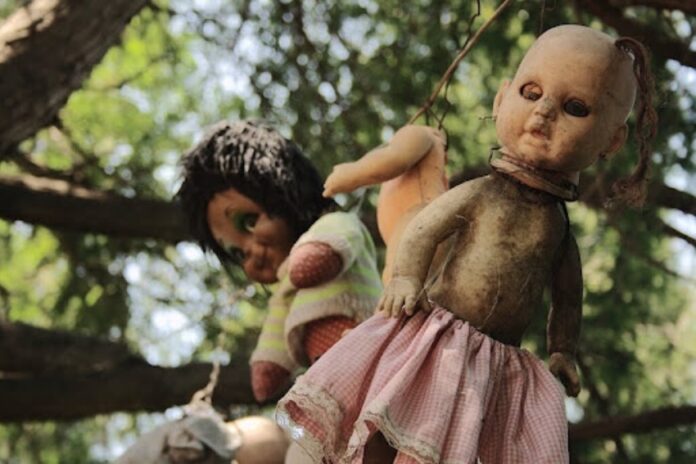“Every decent house in Coyoacán has its ghost,” my father used to warn my sister and me when we were little. Born and raised in the borough’s colonial area, where estates have housed families for generations, he certainly knew what he was talking about. This ancient wisdom can be applied to basically any centuries-old property in Mexico City, in which family members could still haunt their living relatives.
From Colonial Coyoacán to the capital’s emblematic Historic Center, convoluted CDMX is teeming with haunted manors and eerie passageways. Beware! If you venture into these spooky spots in Mexico City, you might encounter a pre-Columbian spirit, looking for revenge for its deceased children, or an ancient demon hungry for human blood. Here’s our digest of the spookiest spots in Mexico City.
‘La Castañeda’ mental hospital (Mixcoac)
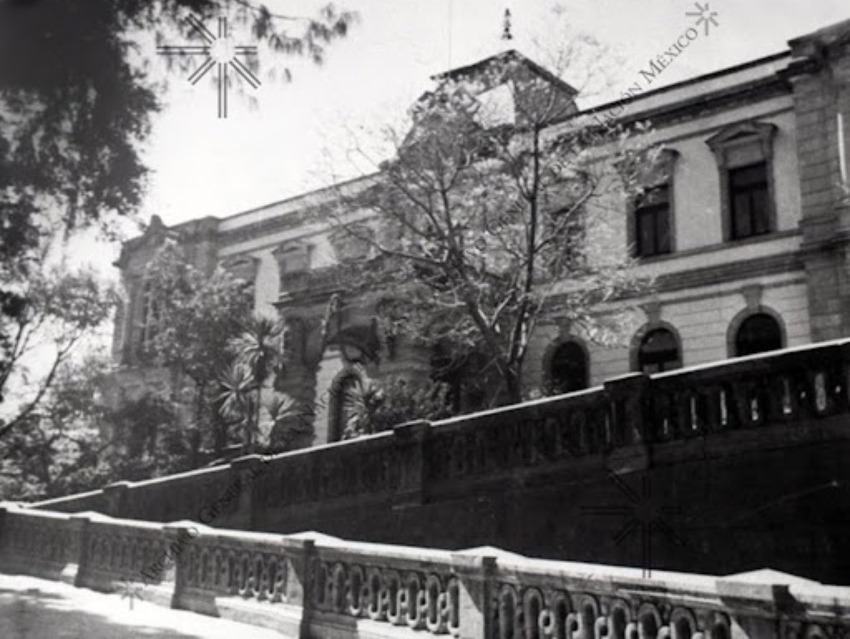
The 19th century was a time of complex socio-political conflicts in Mexico. Although it was one of the first countries in America to ever build public mental institutions, according to the General Archive of the Nation’s records, during the civil uprisings in the 19th century, patients were relentlessly removed from the psychiatric hospitals and “thrown to the streets.” Mainly, to treat the militia.
However, during dictator Porfirio Díaz’s rule, there was a renewed social compromise with psychiatric patients. That was when the government built “La Castañeda.” Cruelly referred to as “The Palace of Madness,” it is said to have housed a large number of patients, regardless of sex, age, nationality or religion.” However, ominous accusations of mistreatment and abuse from the staff to the patients made “La Castañeda” an eerie place to visit. In 1968, former President Díaz Ordaz ordered its demolition.
- Where? Calle La Castañeda S/N, Mixcoac, Benito Juárez.
Divino Narciso Hall (Centro Histórico)
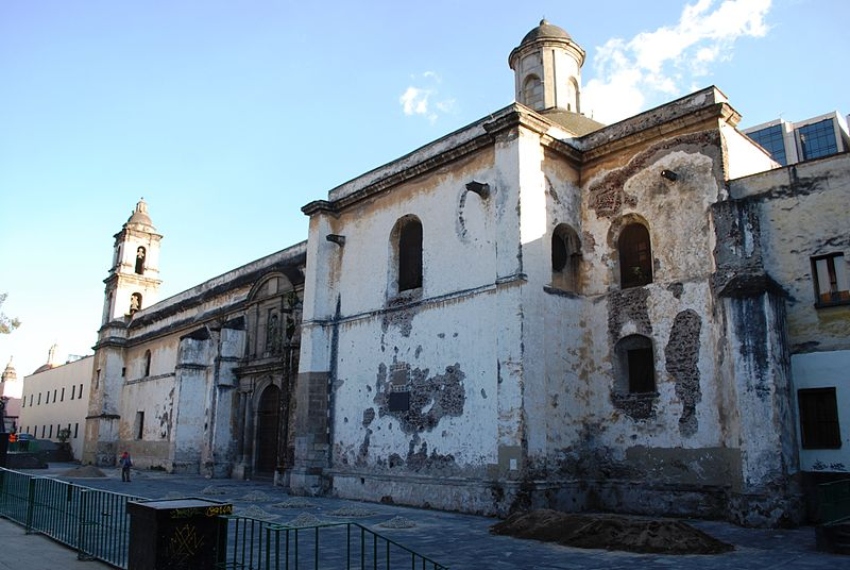
For almost three decades, Sor Juana lived, studied and practiced politics at the San Jerónimo Convent, in present-day calle Izazaga. From her magnificent Baroque chambers, she wrote some of Nueva España’s greatest pieces, along with the time’s most revolutionary gender treaties. “Foolish men who accuse / women without reason,” is to date one of her most famous quotes. No wonder that, in the 17th century, she was a force to be reckoned with.
After her death at the early age of 46, she was buried in one of the convent’s finest halls. When the property was acquired by the López Portillo family in the mid-1970s, this 300-year-old church became an educational institution, dedicated mainly to the culinary arts: the Universidad del Claustro de Sor Juana (UCSJ). Although the hall was desacralized when the López Portillo family bought the convent, Sor Juana’s remains were not exhumed. Students say you can still hear her footsteps when visiting the ‘Divino Narciso’ Auditorium, as her final resting place is known today. If you’re too scared to visit the hall in real life (I would, of course), you can browse its bowels with this 360 tour online, designed by UCSJ!
- Where? José María Izazaga 92, Centro Histórico, Cuauhtémoc.
Callejón del Aguacate (Coyoacán)
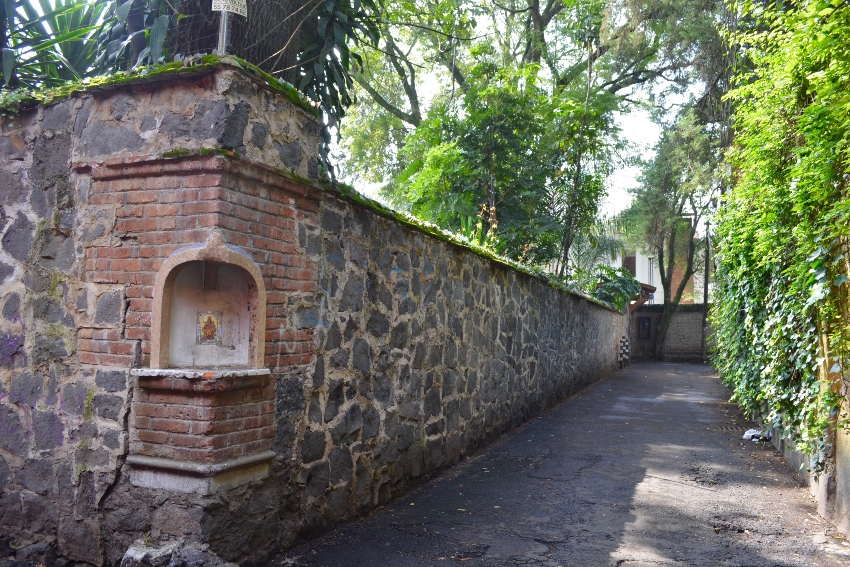
As a Coyoacanense himself, my father took my sister and me to every corner in the borough — and we agreed, oftentimes rather reluctantly. One of those times was when he insisted we go to Callejón del Aguacate, near the borough’s historic center. Tangled between the corners of the Santa Catarina neighborhood, it is said to be the place in which a mentally ill soldier murdered a child by hanging him from an avocado tree. This is thought to have happened in the days of the Mexican Revolution, my father told us.
Ever since then, locals say, supernatural phenomena have been reported in the alley: cars mysteriously running out of gas, cellphones losing signals and the sound of dogs barking in the abandoned houses. As a child, I swore I heard them more than once. The creepy thing is that the tree is still there, standing in the garden of an abandoned house.
- Where? Aguacate 19-31, Santa Catarina, Coyoacán.
Isla de las Muñecas (Xochimilco)
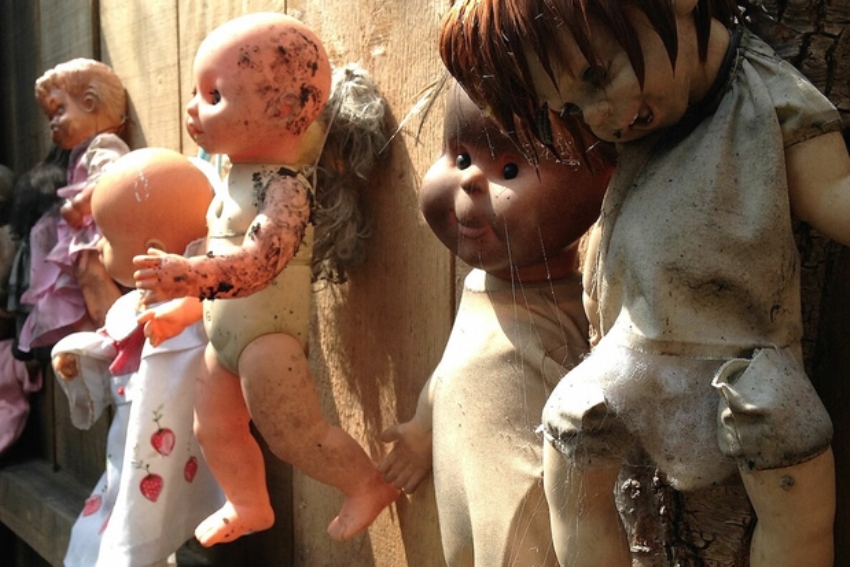
My partner is not a superstitious guy. However, when he first visited Isla de las Muñecas in the Xochimilco canals, he did get “bad vibes,” as he describes it. Run by master chinampero Don Julián Santana, the entire chinampa is decorated with the dolls’ “severed limbs, decapitated heads and blank eyes,” as the attraction’s official website notes.
Legend has it that Don Julián found a drowned girl’s body in a neighboring canal, per the Xochimilco Government, with a doll floating alongside her remains. To honor her spirit, he hung the doll on a tree to mark the girl’s final resting place. Her soul, however, did not rest and continued to haunt him for years. She consistently spoke to him in dreams, telling him to fill his chinampa with wretched doll parts to honor other Xochimilca girls who had been killed by disease or abuse of different sorts. Today, La Isla de las Muñecas is a tourist spot, easily accessible by trajinera.
Andrea Fischer is an editor for Mexico News Daily. She has edited and written for National Geographic en Español and Muy Interesante México, and continues to advocate for anything that screams science. Or yoga. Or both.
